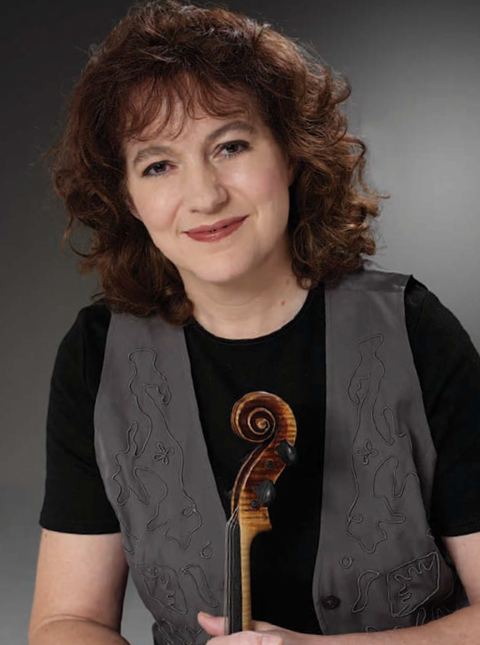In this extract from 2012, viola professor at the University of Queensland Patricia Pollett shares why Ševčík’s op.2 no.5 allows players to focus on a variety of bowstrokes, and why it’s more difficult than it looks

Explore more Featured Stories like this in The Strad Playing Hub
This is an extract from the article ’Pedagogues’ top studies: Etude of choice’ which appeared in the September 2012 issue
PATRICIA POLLETT viola
TEACHES AT University of Queensland, Australia
STUDY No.5 from Ševčík op.2 School of Bowing Technique
I am a fan of Ševčík ’s op.2 School of Bowing Technique because it allows players to concentrate purely on technique, and helps to establish a solid right hand. Our musical ideas are only realised through the sound we produce with the bow, so it seems obvious to me that this should be a priority for practice. Ševčík uses a theme and variations model, where short phrases are repeated to address one concept at a time, isolating specific areas.
Although such focused attention allows a player to produce results quickly, it’s not easy to practise with the high-level concentration required, and patience and discipline are needed. Doing only small amounts of this work, often, is the most efficient way to progress. The key is to practise with complete mindfulness, to incorporate frequent pauses for evaluation, and to know when to stop. Students often think Ševčík will be easy and that they can get away with very little practice to perfect what seems straightforward, but it surprises them how much they struggle to execute these bowings well.
Although I encourage dipping into sections of the complete Ševčík output, I find that concentrating on only a few of them can be comprehensive. Op.2 no.5 is a good example. It’s a great way for a player to practise most of the major bow strokes in a short period of time. I reduce the length of the theme to the last line only, which still uses all four strings, so that it can be done even more quickly. The study begins with basic détaché strokes, and gradually goes through various legato, staccato, portato, spiccato, accents, dotted rhythms, syncopated legato notes, Viotti bowing, jeté, sautillé, repeated down and up bows and even some dynamics.
It is a complete workout for the bow. The first 40 variations of this study are also particularly useful in developing or maintaining a straight bow. Using defined sections of the bow – the upper half with the forearm and the lower half with the upper arm – allows students to isolate and observe the exact movements required. Then, creating a whole bow is a matter of connecting the two and adding little movements in the arm to ensure a straight bow. They also help ensure that sound quality and consistency are the same in all parts of the bow.
Topics
Technique: Playing with expression
- 1
- 2
- 3
 Currently reading
Currently reading‘A complete workout for the bow’ - violist Patricia Pollett’s study of choice
- 4
- 5
- 6
- 7
- 8
- 9
- 10



















































No comments yet